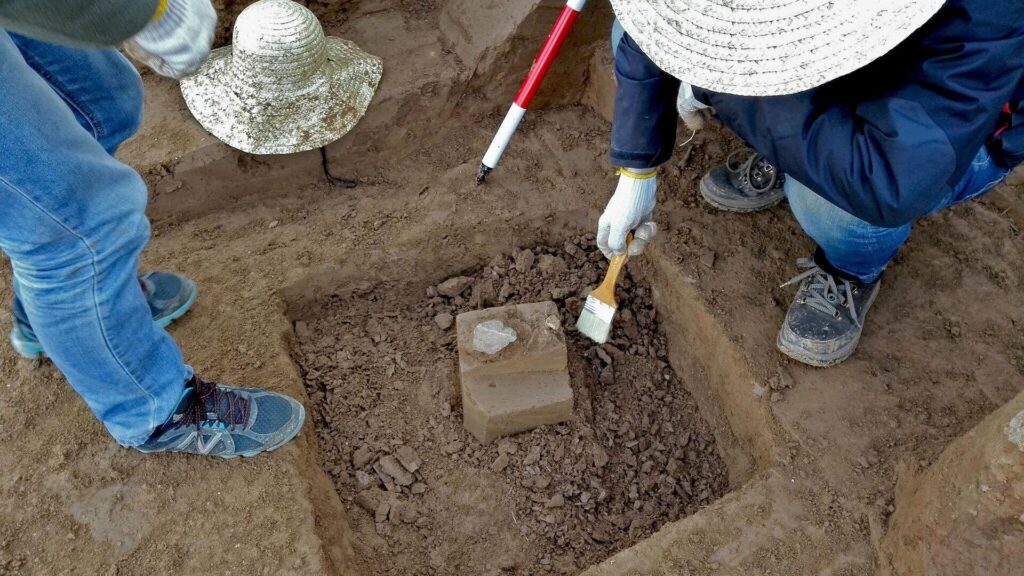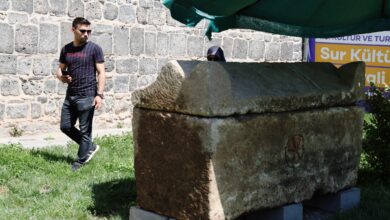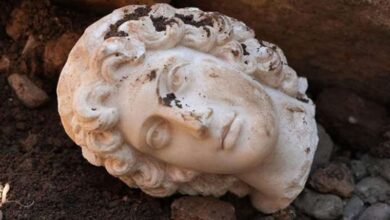History’s Oldest Toilet Found in Archaeological Excavation in China

Fragments of a manual flush toilet estimated to be 2,400 years old have been unearthed in the ancient city of Yueyang in northwest China.
Broken parts of the toilet, including a cantilevered pipe, were excavated from the Yueyang archaeological site in Xi’an, Shaanxi province, last summer, and were assembled before researchers released details.
Discovered among the ruins of a palace in the ancient city of Yueyang, the toilet was discovered by Qin Xiaogong (381-338 BC) of the Qin Kingdom or his father Qin Xian’gong (424-362 BC) during the Warring States period or the Han Dynasty (206-AD 220 AD) is believed to have been used by its first emperor, Liu Bang. The palace in question was probably used for administrative purposes.

According to Liu Rui, a researcher at the Institute of Archeology of the Chinese Academy of Social Sciences, a “luxury object” such as a flush toilet should have been used only by very high-ranking members of society at that time.
Liu Rui said, “This is the first and only flush toilet in China. Everyone at the excavations was surprised, and then we all burst into laughter.” says.
The newly discovered toilet consists of a closed basin and a pipe leading into an open pit. It is thought that the servants poured water every time the basin was used.
Liu says the top half of the flush toilet was not found during the excavation, so experts cannot confirm whether people using the toilet were sitting or crouching on it.
However, based on previous records of toilets, such as stone carvings in the tombs of royals during the Western Han Dynasty (206 BC-24 AD), it is thought that they likely squatted over toilets.
“The flush toilet is tangible proof of the ancient Chinese emphasis on cleanliness,” Liu said. He adds that there are very few records of closed toilets in ancient times.

Before this toilet was invented, it was believed that the first manual flush toilet was invented in the 16th century by John Harington for Queen Elizabeth I.
Yueyang was the capital of the Qin Kingdom for about 35 years, as well as the first capital of the Han Dynasty, when palaces were demolished to make way for farmland. Since 2012, archaeologists have been conducting large-scale excavations at Yueyang, which is today part of Xi’an’s Yanliang district.
“By digging deeper into the excavations of ancient palaces, along with all the written records, we can learn more about the social reforms and systems of the kingdom,” Liu said.
The partially restored toilet now holds the key to further archaeological research in Yueyang.
Experts analyze the soil inside, hoping to find traces of human excrement and learn about the eating habits of ancient people. So far, only traces of fertilizers used by farmers during the Han Dynasty have been found in soil samples.






